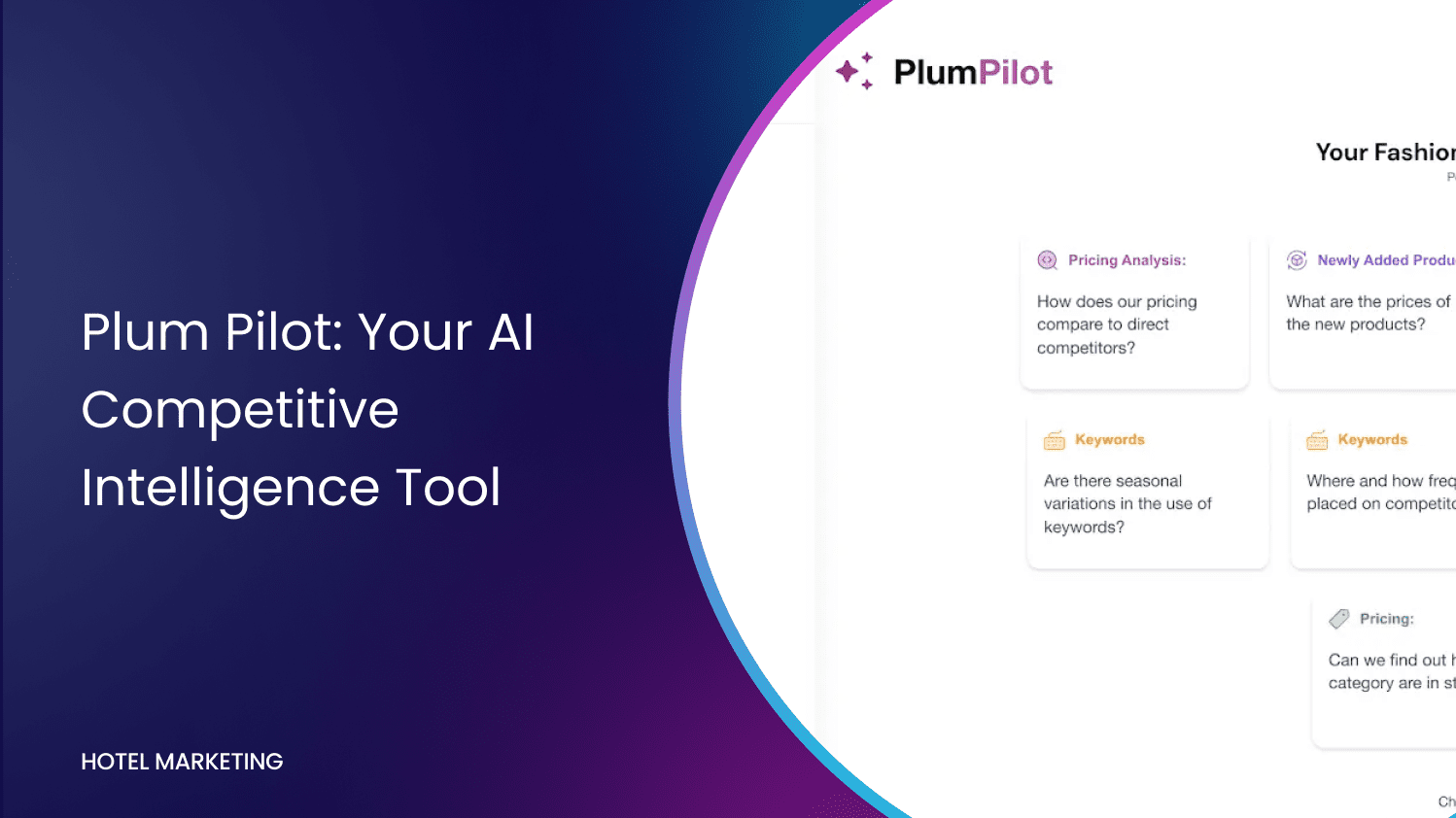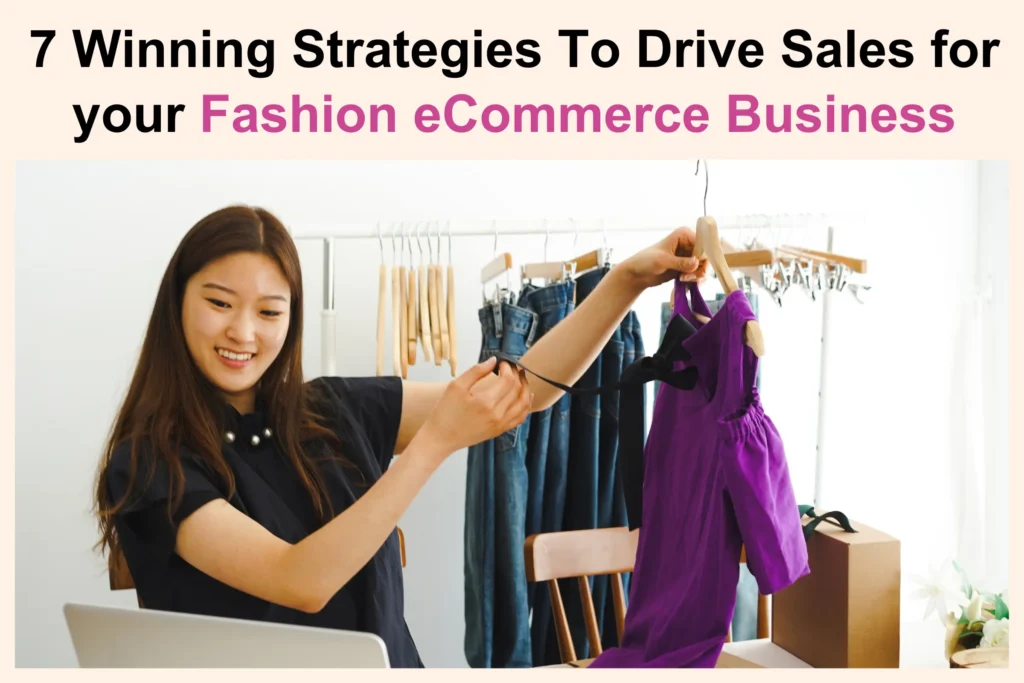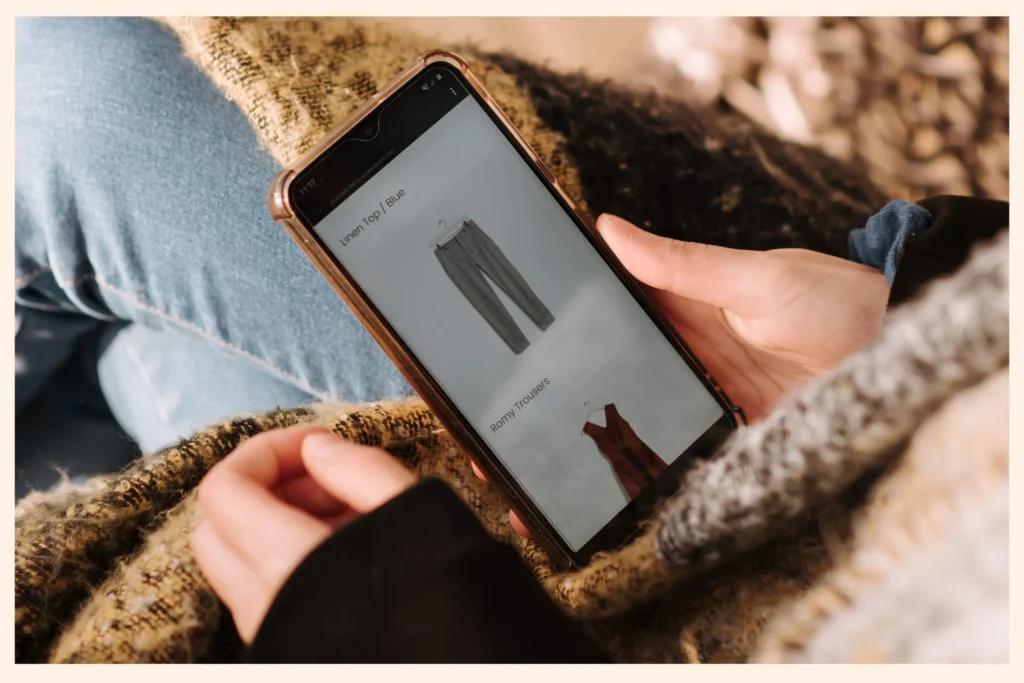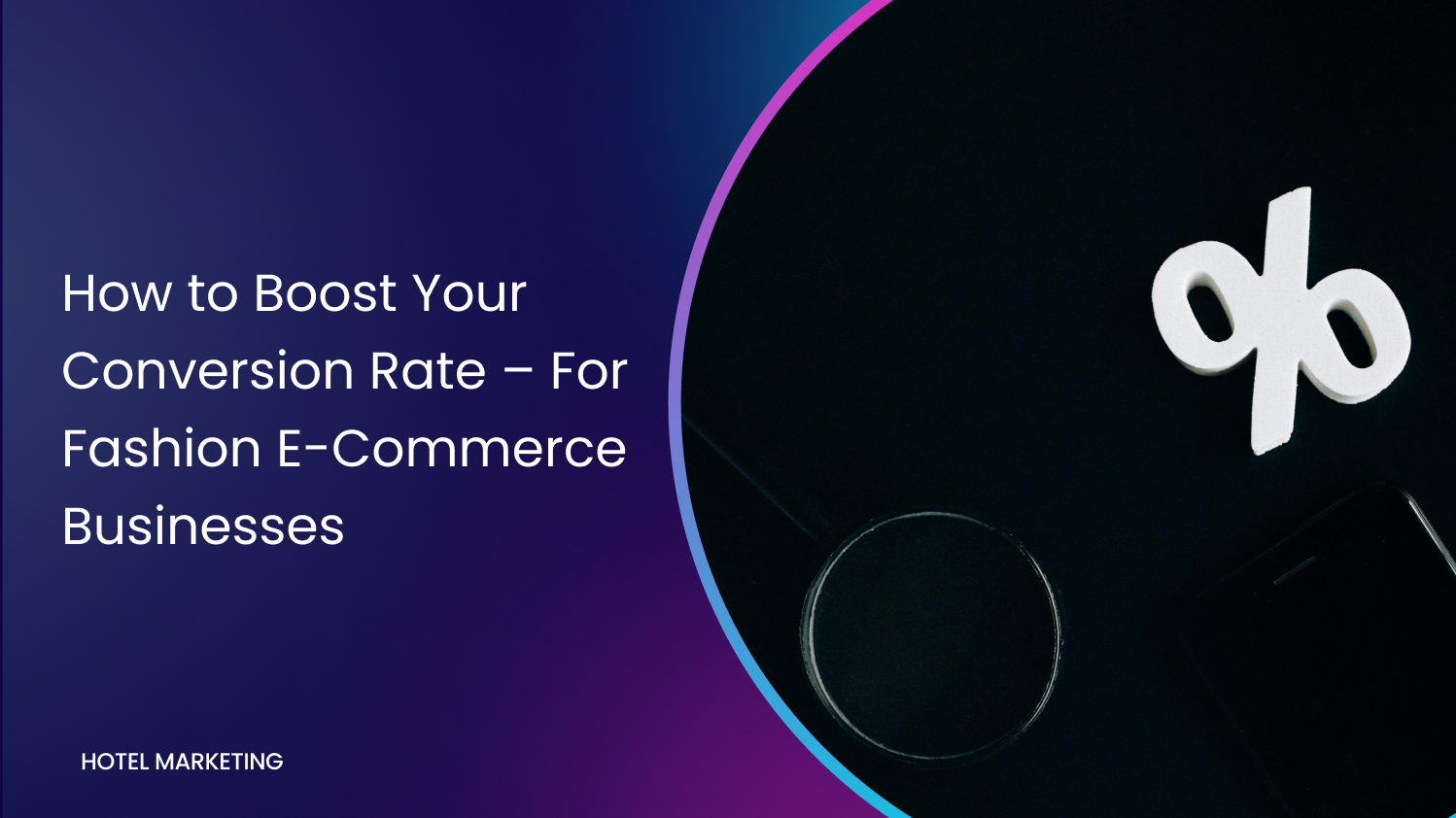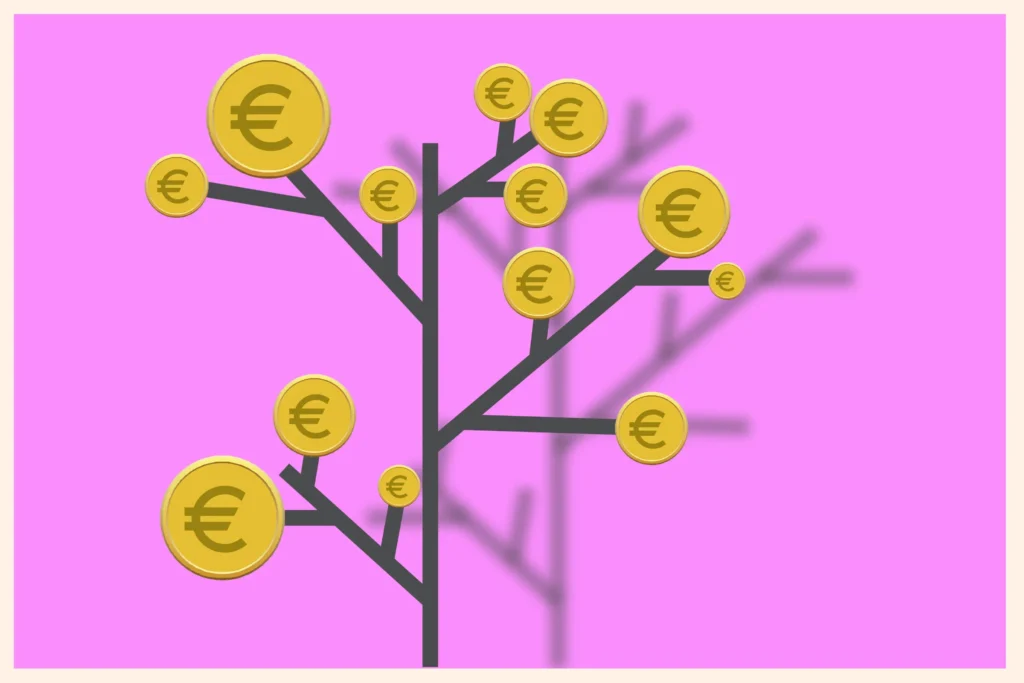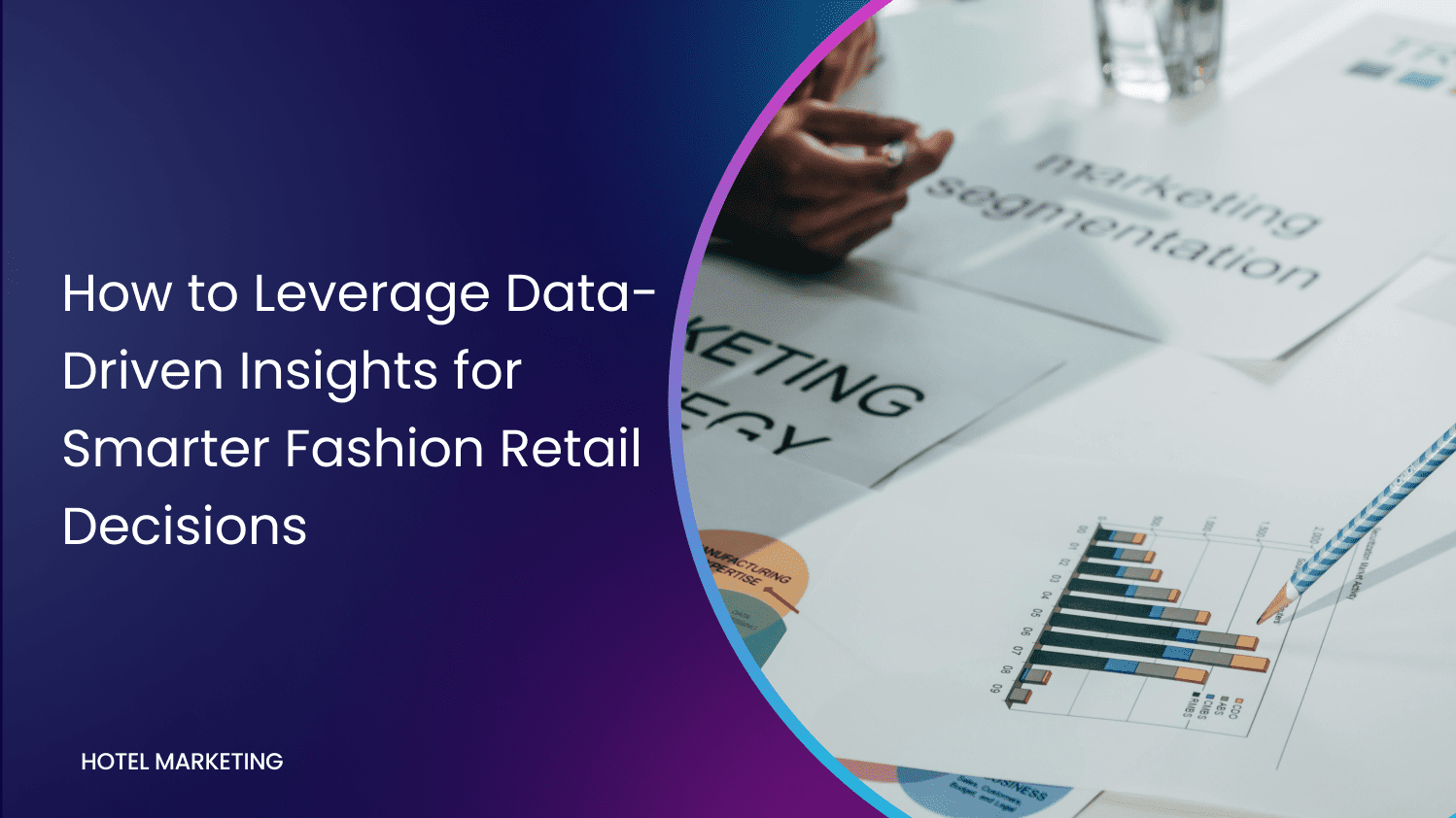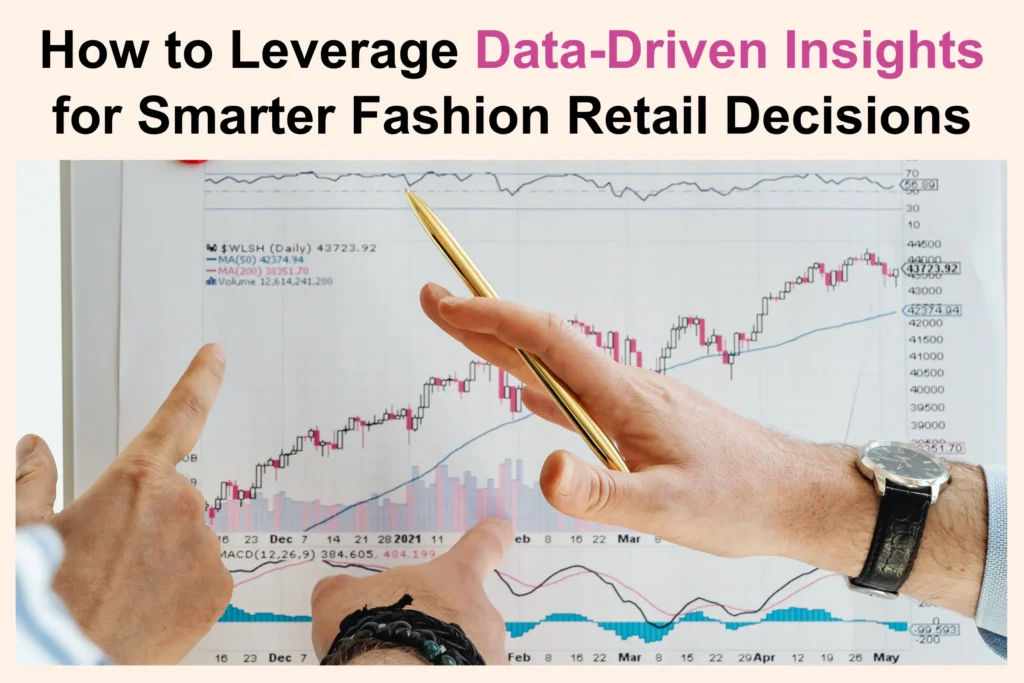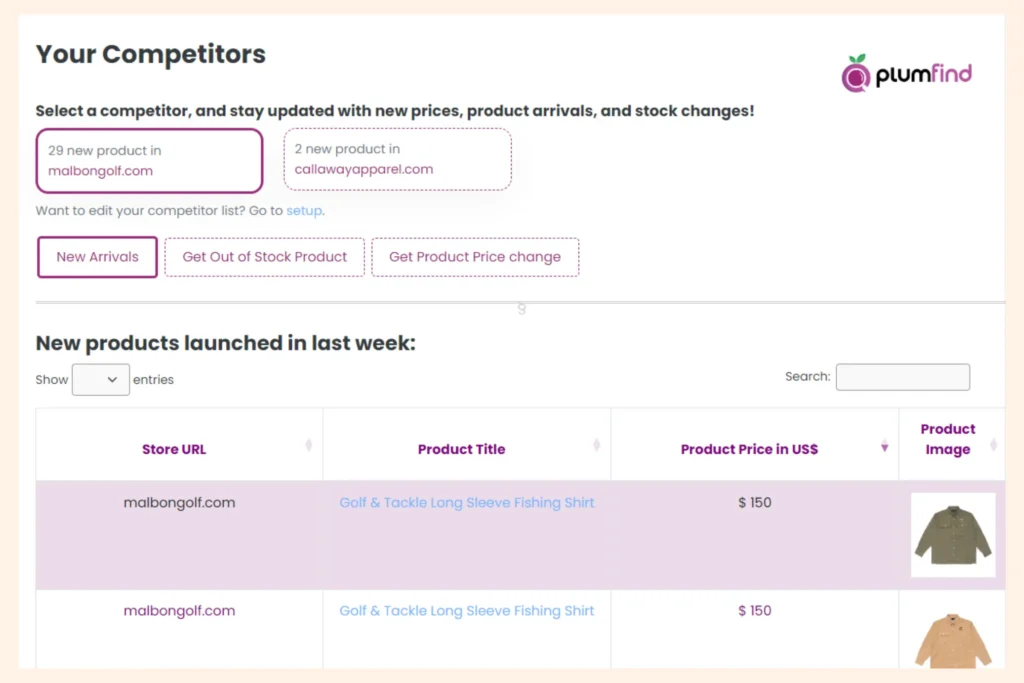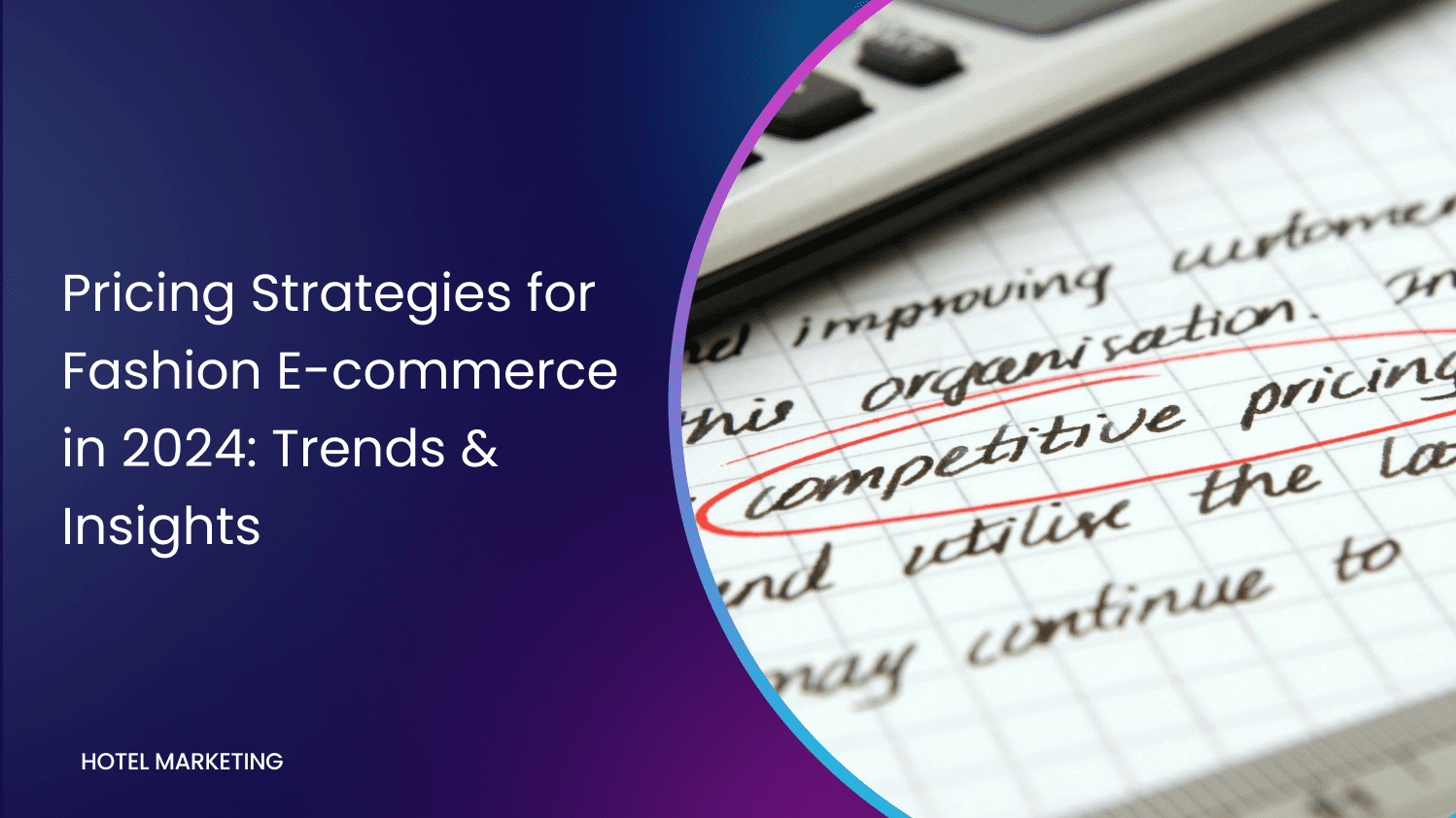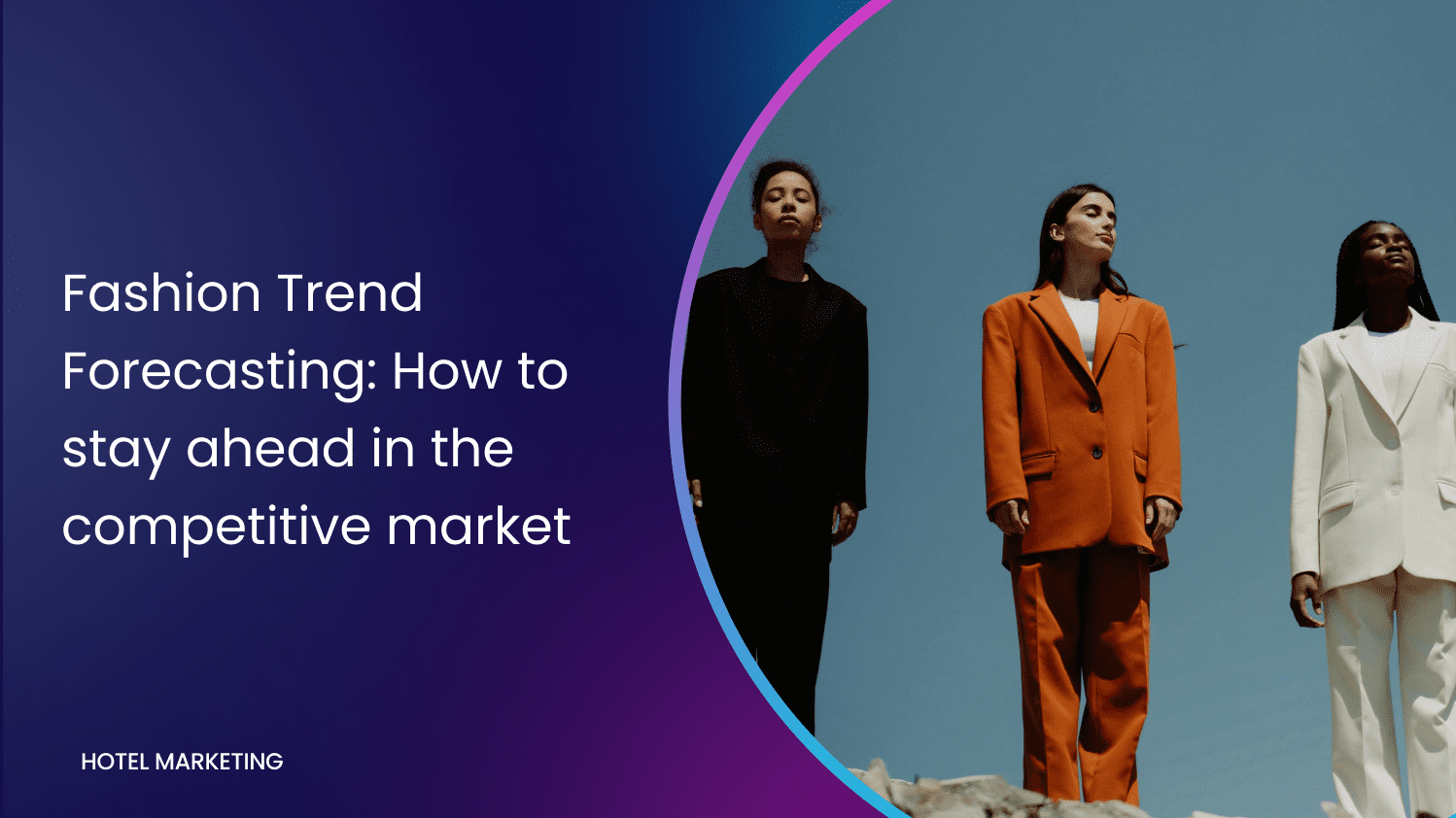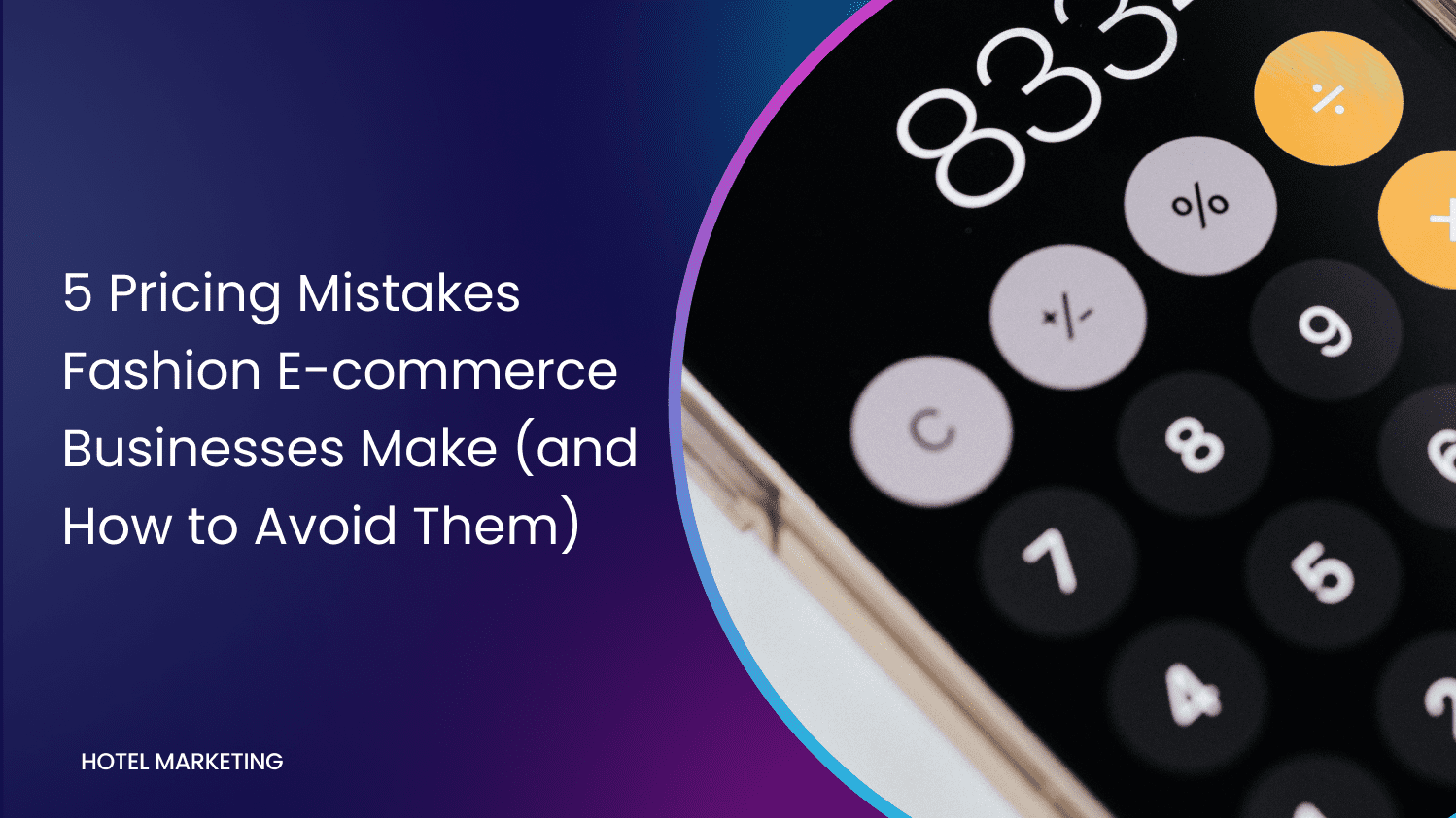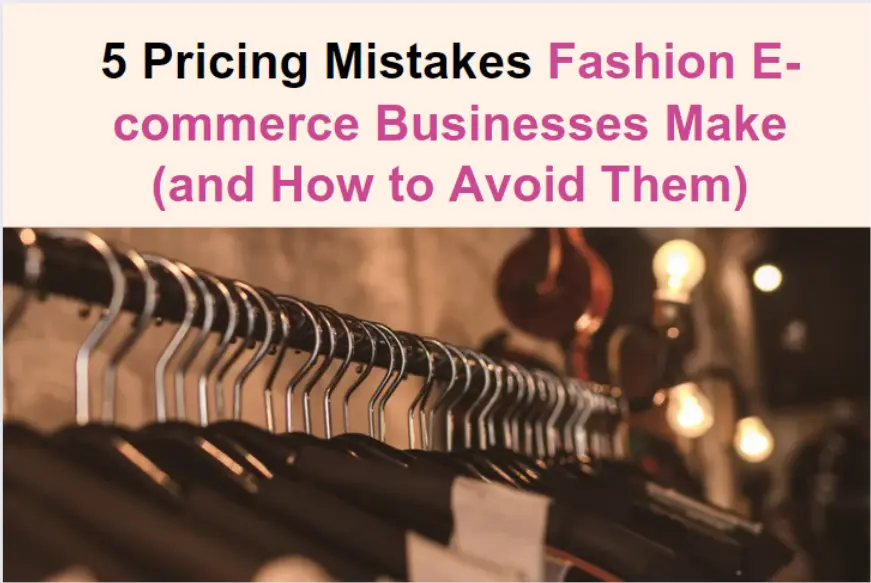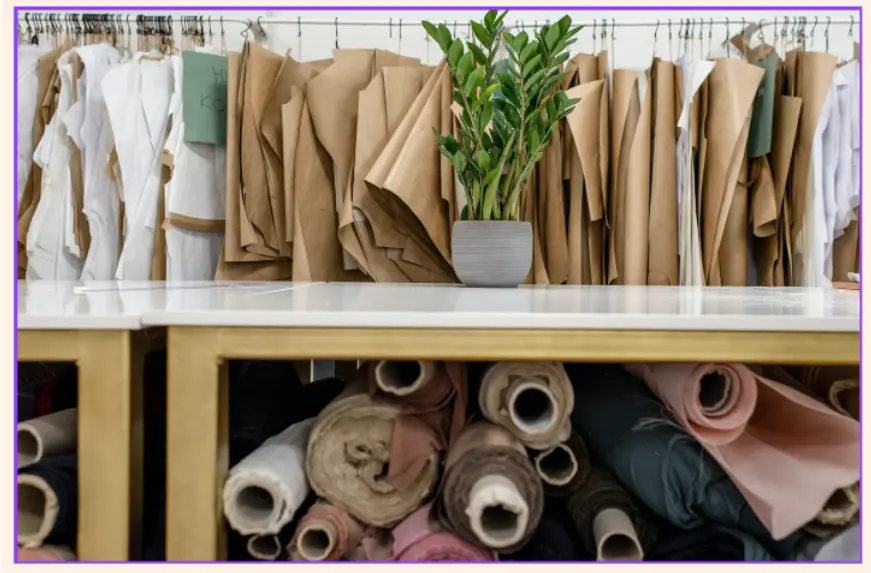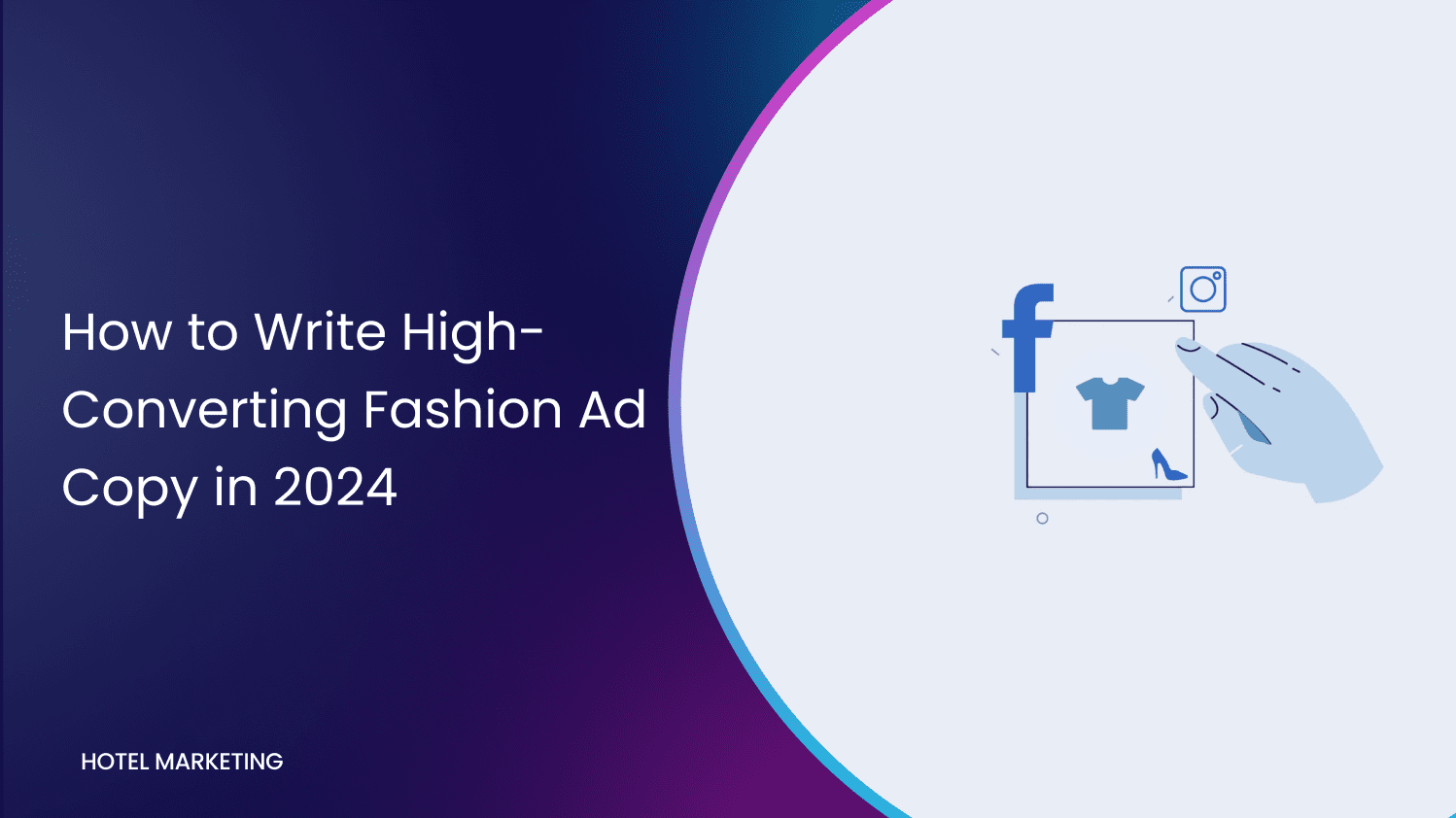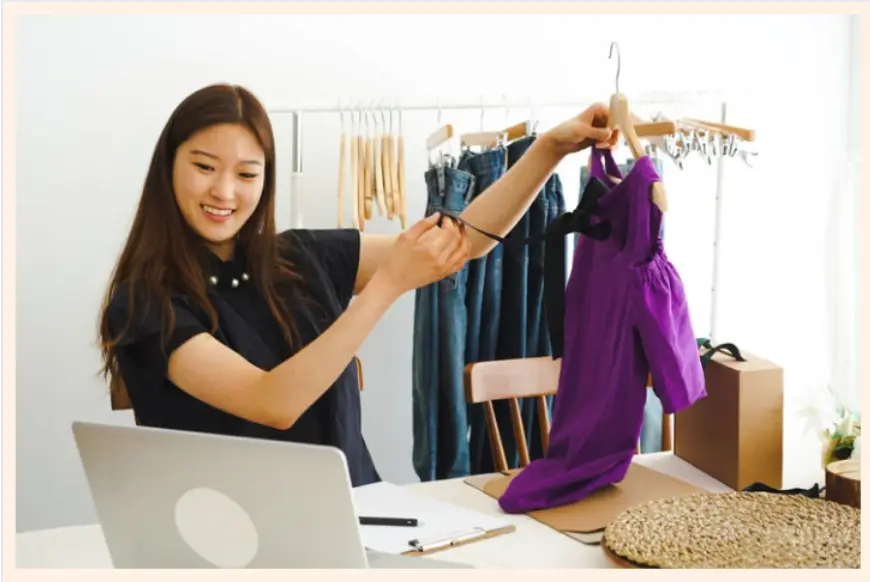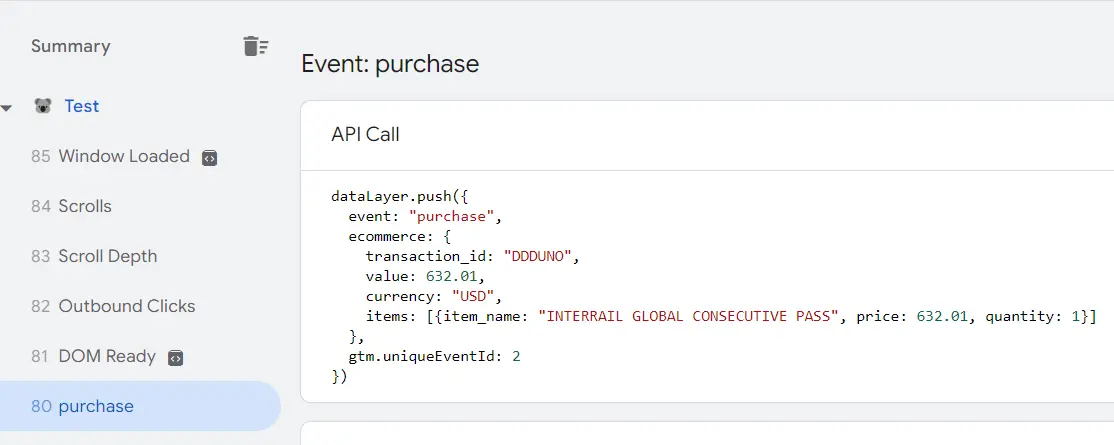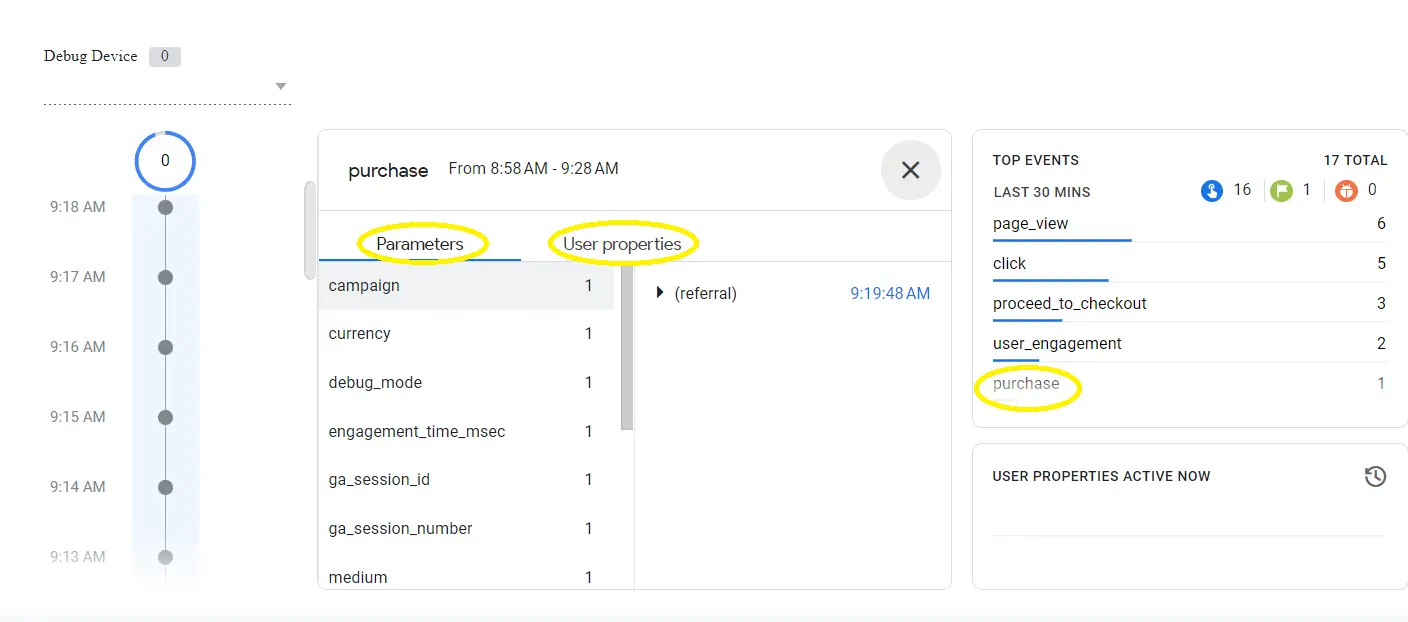The fashion e-commerce landscape is a fierce industry, where trends shift faster than a model’s walk.
Staying ahead requires constant innovation, agility, and an eagle’s eye on the competition.
But gathering competitive intelligence can be a time-consuming, manual process, leaving you feeling more like a blindfolded chicken than a soaring eagle.
Introducing Plum Pilot, your AI-powered competitive intelligence tool that navigates the competitive landscape with you, providing real-time insights and data-driven strategies to help you overtake your rivals.
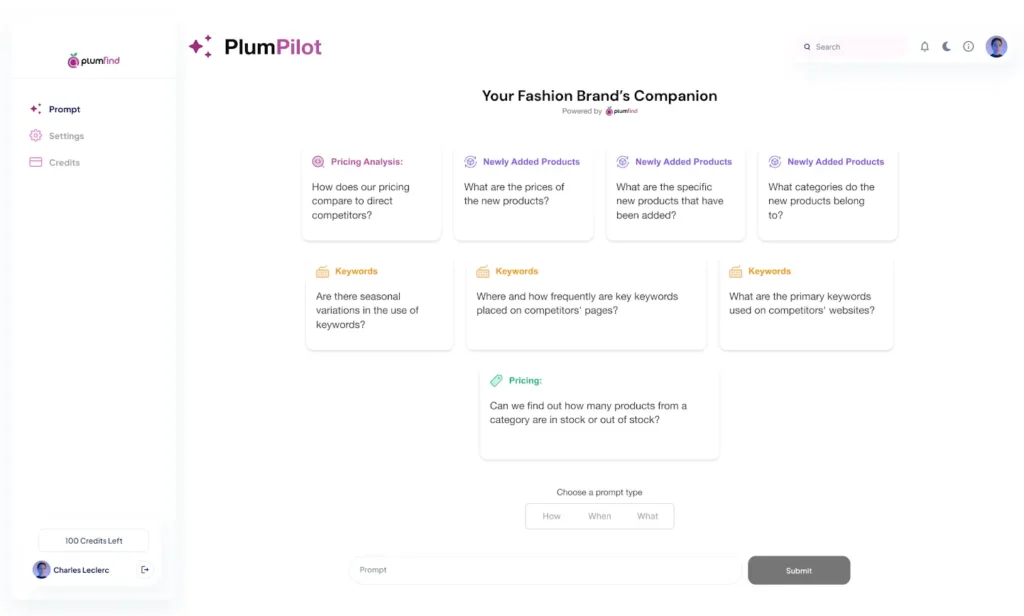
Plum Pilot is not just another fashion industry tool. It’s your:
- Competition Spy: Uncover your competitors’ product offerings, pricing strategies, and customer reviews. Gain valuable insights into their strengths and weaknesses to inform your own decisions.
- Pricing Guru: Analyze competitor pricing trends across different categories and products. Identify opportunities to price competitively and maximize your profit margins.
- Trend Forecaster: Stay ahead of the curve by tracking emerging trends and product innovations within your niche. Anticipate customer demands and offer what they crave before anyone else.
- Data-Driven Decision Maker: Ditch the guesswork and base your decisions on concrete data. Plum Pilot delivers clear, actionable insights that empower you to make informed choices for your business.
It’s like having a team of analysts working tirelessly on your behalf, freeing you to focus on what you do best – creating amazing fashion and delivering a stellar customer experience.
Ready to take your fashion e-commerce business to new heights?
Here is a glimpse of how you can use Plum Pilot for your Fashion Brand.
This is just a glimpse into the capabilities of Plum Pilot.
Think of Plumfind as the Microsoft Copilot for the fashion world.
But instead of grammar suggestions, it offers a curated set of pre-trained prompts, each one a springboard to valuable competitor intel.
No more sifting through endless data; simply choose the prompt that fits your burning question, and watch the answers materialize like magic.
Let’s take a deep dive into this game-changing tool:
The Plumfind Experience:
- Cards to the Rescue: Upon entering the app, you’ll encounter a deck of prompt cards, each posing a strategic question relevant to your business. Need to compare new product prices with competitors?
- Competitor Selection: Plumfind understands you have specific rivals in mind. Choose from a pre-populated database of Fashion. We have more than 1000 stores you can select from.
- In-depth Insights: Dive deeper by specifying product categories within your competitors’ offerings.
- Data on Demand: Once the analysis is complete, you’re presented with a clear, downloadable report showcasing the extracted competitor data.
Beyond Prompt Cards:
Plumfind boasts flexibility, too. Use the prompt typing feature to ask any competitive question in your own words.
The tool filters through the cards, uncovering the one that best addresses your unique query.
Want to try PlumPilot, before anyone else? Be among the first to take advantage and beat your competitors by joining the waiting list.
Stay tuned for further updates as we unveil more about this revolutionary tool designed to empower fashion e-commerce businesses like yours.
Also, checkout How you can improve your Fashion brand awareness, and pricing strategies with these article (Read More)
About the author(s):
Natasha is our Social Media Manager, a law student, and marketing enthusiast. She loves strategizing different methods to get results. A big fan of startups and their psychological aspects. She loves to travel and interact with locals to know the history of those places. She lives in Jaipur, India.
